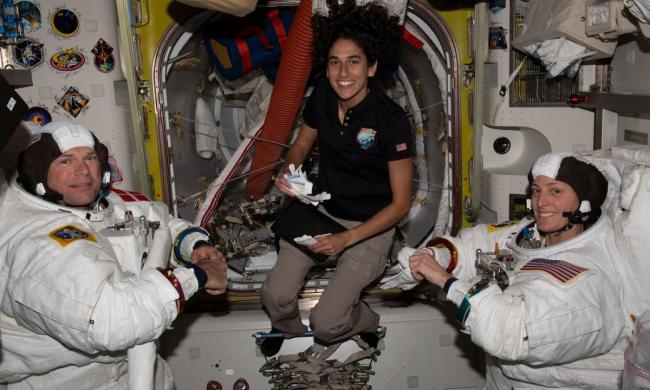
Georgina Torbet
Space Writer
Georgina is the Digital Trends space writer, covering human space exploration, planetary science, and cosmology. She specializes in current and future exploration of Mars. She has previously written about science, technology, and security topics for websites like SlashGear, Engadget, and Futurism. She has a master's degree in neuroscience and a PhD in psychology.

































